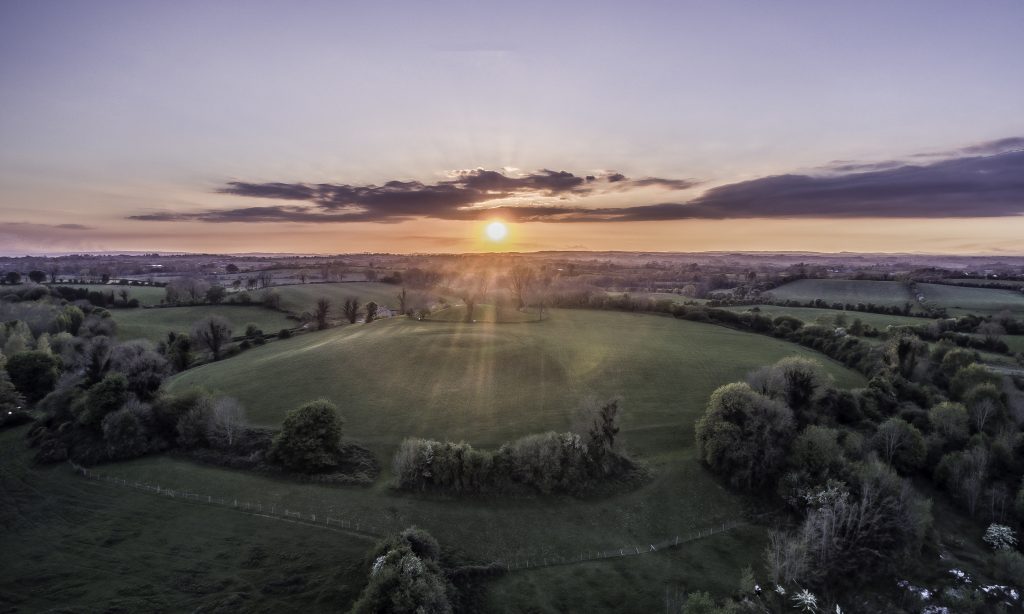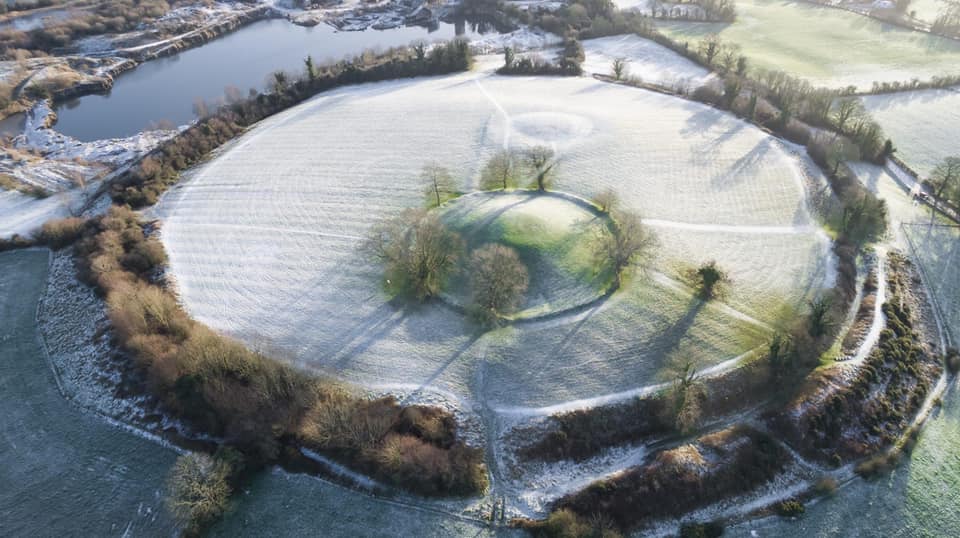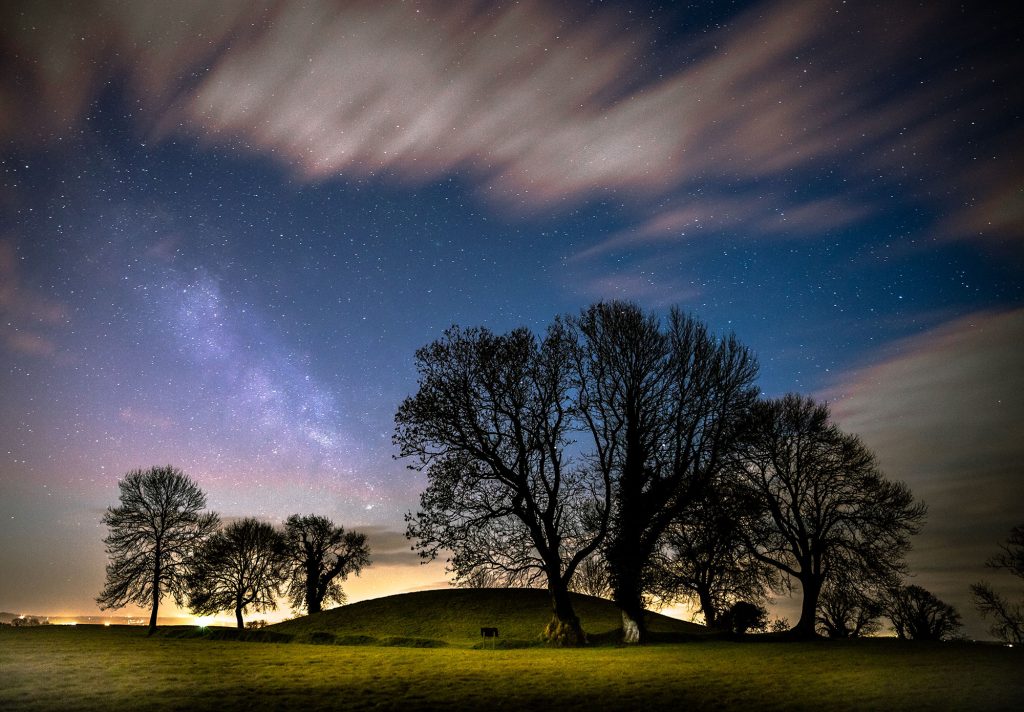What brought St Patrick to Ard Macha (Armagh) to found Ireland’s Christian capital? The answer is probably Emain Macha.
As a slave shepherd on Slemish Mountain tending his flock, Patrick would have known of Emain Macha, not just as the seat of Ulster’s kings and queens but as the most important of Ulster’s religious temples too. And when he returned to Ireland on his crusade to convert the Irish to Christianity, he would have appreciated the importance of connecting the ‘new’ religion to this ancient centre of Celtic spirituality.



